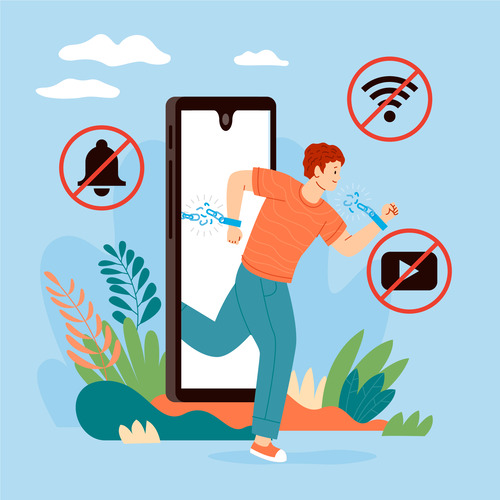Are Wi-Fi Rays Harmful
October 9, 2023

In the age of technology, Wi-Fi has become an indispensable part of our daily lives. We rely on it for communication, work, entertainment, and more. However, with the increasing prevalence of wireless technology, concerns about the potential health effects of Wi-Fi rays have emerged.
Understanding Wi-Fi Radiation
Wi-Fi, or wireless fidelity, operates by transmitting data using radiofrequency (RF) waves. These waves fall within the non-ionizing part of the electromagnetic spectrum, meaning they lack the energy to ionize atoms or molecules, unlike ionizing radiation such as X-rays or gamma rays. The radiofrequency waves emitted by Wi-Fi devices are generally considered to be low-energy and non-ionizing, posing a significantly lower risk compared to ionizing radiation.
Scientific Studies and Health Impact
Numerous scientific studies have been conducted to investigate the potential health effects of exposure to Wi-Fi radiation. The overall consensus from the scientific community, including organizations like the World Health Organization (WHO) and the International Commission on Non-Ionizing Radiation Protection (ICNIRP), is that there is currently no conclusive evidence to suggest that Wi-Fi radiation at typical exposure levels is harmful to human health.
These organizations have established safety guidelines that set exposure limits for radiofrequency fields to ensure public safety. These limits are based on extensive reviews of scientific literature and are designed to protect against known adverse health effects. The general consensus is that as long as individuals adhere to these established guidelines, the risk of harm from Wi-Fi radiation is negligible.
Electromagnetic Hypersensitivity (EHS)
Some individuals claim to experience symptoms they attribute to exposure to electromagnetic fields, a condition known as Electromagnetic Hypersensitivity (EHS). However, scientific studies examining EHS have failed to establish a consistent link between reported symptoms and exposure to electromagnetic fields, including Wi-Fi radiation. The symptoms reported by those who claim to suffer from EHS are often non-specific and can be attributed to various other factors.
Practical Tips for Minimizing Exposure
While the scientific consensus supports the safety of Wi-Fi radiation at typical exposure levels, if you’re still concerned or want to minimize exposure, here are some practical tips:
Distance Matters: Keep a reasonable distance from Wi-Fi routers and other wireless devices.
Turn Off Devices: Turn off Wi-Fi-enabled devices when not in use to reduce overall exposure.
Use Wired Connections: Consider using wired connections for devices that don’t require wireless connectivity.
The evidence currently available suggests that Wi-Fi rays, operating within established safety guidelines, are not harmful to human health. While some concerns have been raised, especially by those claiming to suffer from EHS, scientific studies have not provided conclusive evidence supporting these claims. As technology continues to advance, ongoing research will be crucial in ensuring that our wireless devices remain safe for use. In the meantime, individuals can take practical steps to minimize exposure and enjoy the benefits of Wi-Fi technology without undue worry.

